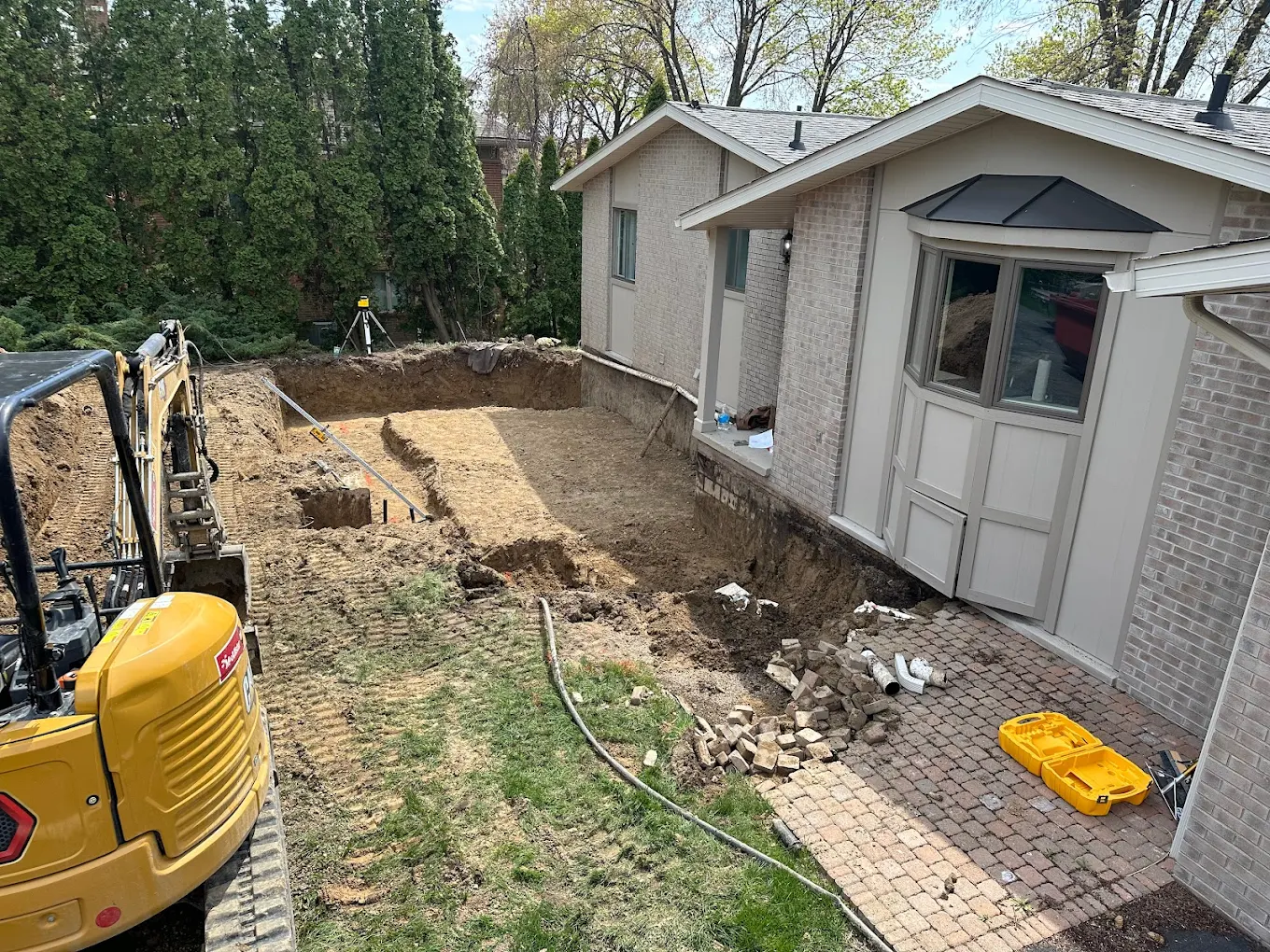How Site Prep Shapes Property Value: The Long Game on Grading, Utilities, and Drainage
When people talk about curb appeal, they usually mean paint, porches, and plantings. We believe the real value conversation starts below grade. How a site is graded, where utilities are routed, and whether drainage is engineered properly all show up later in resale inspections, foundation repairs, warranty calls, and even closing-day stress. Good site preparation is the invisible work that keeps a project on schedule and helps a property hold its value for years, not months.
We see it all the time: homes with rushed or minimal prep need fixes such as regrading, utility relocations, or added drainage just months after move-in. Those fixes are disruptive and expensive. When we plan a site, we think about the long game: positive drainage away from structures, utility runs that leave room for future expansions, and compaction and backfill that give foundations the consistent support they need. That engineering mindset is what separates a one-season finish from a durable, market-ready lot.
Drainage is the silent value killer if ignored. Water that ponds near foundations, channels down driveways, or scours away topsoil doesn’t just look bad—it shortens landscape life, complicates warranties, and can trigger municipal intervention. Our grading work focuses on predictable water flow, moving runoff to stabilized outlets, shaping swales that protect disturbed areas, and using erosion controls to keep sediment from washing off-site. That attention reduces the likelihood of emergency repairs and protects mature plantings that add immediate curb appeal and long-term value.
Utilities matter too. Thoughtful utility routing keeps service lines accessible, reduces the need to tear up finished yards for later repairs, and preserves usable outdoor space. When we coordinate trenches, conduit placement, and backfill sequencing with builders and engineers, the result is a site that accommodates tomorrow’s needs—garage additions, pools, and septic upgrades—without turning into a patchwork of trenches and asphalt scars.
Precision also saves money. We use GPS-guided grading and laser-controlled finishing to hit grades the first time. That accuracy minimizes rework, speeds inspections, and reduces the time a site wears mud into driveways and sidewalks. It’s not flashy, but it’s why projects close cleaner and why buyers don’t find surprises during final walkthroughs.
There’s also a compliance and documentation angle. Permits, SESC controls, and inspection logs are part of every responsibly managed site. When we install erosion controls, seed and mulch exposed soils, and maintain inspection records, you reduce the risk of notices or stop-work orders down the line. Regulators see a tidy, proactive record; appraisers and buyers see a property that was managed, not patched.
For developers, smart site prep improves marketability: less time fixing post-close issues, fewer punch-list items, and homes that feel complete—inside and out. For homeowners, it means fewer calls to the contractor and more weekends enjoying the yard instead of repairing it.
If you’re planning a build or a major site change, walk the property with us. We’ll point out how grading, utilities, and drainage interact and show where smart prep can protect value and reduce lifecycle costs. That upfront attention is small compared with the peace of mind—and resale upside—it delivers.

